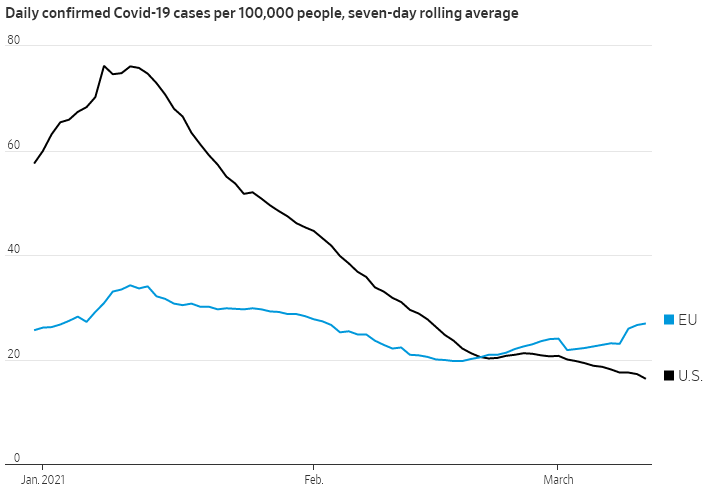Congressional Progressive-Democrats are looking for ways to pass a national minimum wage law through Congress.
Progressive House Democrats are rapidly searching for ways to revive the $15 minimum wage increase after a stinging loss in the passage of President Biden’s $1.9 trillion coronavirus stimulus law.
Congressman Mark Pocan (D, WI):
We will get at least 50 votes in the Senate, and we will find a way to finally do what Congress has been negligent to ask for too long; whether it’s adding it to a must-pass bill or pushing it around those arcane Senate rules or some other measure, America will get the raise that is long overdue that we are committed to[.]
Along strictly Party lines and/or by being buried in a bill that Congress and the President will decide the nation can’t exist without.
Not that anyone in the Progressive-Democratic Party cares about bipartisanship. Here’s Congresswoman Ilhan Omar (D, MN):
We should not allow any obstacles to get in our way as we push for this policy. It’s imperative that we explore every avenue, every strategy, that will allow us to push through[.]
And here’s the utter contempt for those ordinary Americans who run the small and mom-and-pop businesses that will be most damaged by a nationally mandated minimum wage. Congressman Donald Norcross (D, NJ), Co-Chair of the Progressive-Democrats’ Congressional Labor Caucus insists that:
small business owners opposed to a $15 minimum wage hike are crying “crocodile tears,” arguing that “they should be happy because it levels the playing field with competition; across the street will be paying the same thing….
Yeah—those whiners should be satisfied that all of them are being equally damaged. Never mind that they aren’t only competing against those “across the street;” they’re also competing against the major businesses and chains—who can handle a mandated increase in wage.
But hey—the Progressive-Democrat knows far better, from the august heights of his Beltway bubble, than do actual business owners and operators what the situation is on the ground.
There’s a hint buried in there, though, somewhere. If the concept of a Federally mandated minimum wage can’t pass through Congress as a stand-alone bill, maybe it’s just barely possible that a Federally mandated minimum wage is a terrible idea, a bad law, and something that us Americans—and us actual business owners—don’t want.


